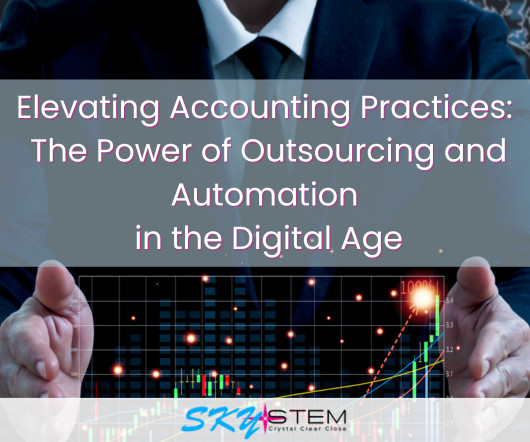The disadvantages of budgeting
Accounting Tools
APRIL 8, 2023
Related Courses Budgeting Capital Budgeting Effective Sales Forecasting There are several disadvantages to the use of budgeting within a business. These issues may convince you to avoid the use of budgets entirely. The key disadvantages are noted below. Time Required It can be very time-consuming to create a budget, especially in a poorly-organized environment where many iterations of the budget may be required.
























Let's personalize your content